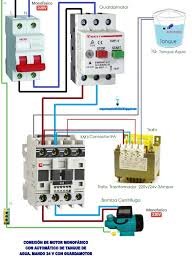
Certainly! Here’s an article in English about the components involved in charging electric vehicles (EVs):
---
**Components of Electric Vehicle Charging Systems**
Electric vehicles (EVs) are revolutionizing transportation by offering a cleaner alternative to traditional internal combustion engines. Central to the operation of EVs is the ability to charge their batteries efficiently and safely. The process involves several key components, each playing a critical role in ensuring effective charging. Here’s a breakdown of the main components involved in EV charging:
1. **Charging Station (Charge Point)**: The charging station is the primary interface between the electric vehicle and the electrical grid. These stations come in various forms, including home chargers and public charging units. They provide the power necessary to recharge the vehicle’s battery and can offer different levels of charging speed.
2. **Charging Cable**: The charging cable connects the electric vehicle to the charging station. It comes in different types and lengths, with the most common being Type 1 and Type 2 connectors, which correspond to different vehicle and charging station standards. The cable's design ensures safe and efficient power transfer between the station and the vehicle.
3. **Charging Plug**: This is the connector that fits into the vehicle’s charging port. Different regions and manufacturers may use various plug types, such as the J1772 connector in North America or the Type 2 connector in Europe. The plug must match the vehicle’s port to establish a proper connection.
4. **Control Unit**: Integrated into the charging station, the control unit manages the charging process. It communicates with the vehicle to ensure that the correct amount of current is supplied and that the charging process adheres to safety protocols. It also monitors the state of charge and can provide information on charging status through various interfaces.
5. **Power Converter**: In some charging systems, a power converter is used to adjust the type of electrical current being delivered. For instance, it may convert alternating current (AC) from the grid into direct current (DC) suitable for the vehicle’s battery. This component is crucial in ensuring compatibility and optimizing charging efficiency.
6. **Safety Systems**: Safety is a critical aspect of EV charging. Charging stations are equipped with various safety features, including overcurrent protection, ground fault detection, and surge protection. These systems help prevent electrical faults, overheating, and other potential hazards, ensuring that the charging process remains safe and reliable.
Each of these components must work together seamlessly to provide a reliable and efficient charging experience for electric vehicle owners. As EV technology continues to advance, these components are evolving to enhance charging speed, convenience, and safety, further supporting the adoption of electric vehicles and contributing to a more sustainable future.
---
This overview covers the essential elements involved in the EV charging process, highlighting how each component contributes to the overall efficiency and safety of charging electric vehicles.
Comments (0)
Categories
Recent posts


Data switches
9 Jun 2024
ادارة المشاريع ...
29 Sep 2024
HVAC system
28 Sep 2024



